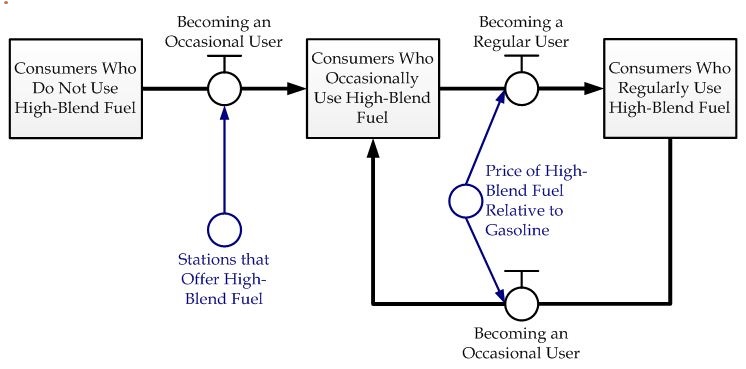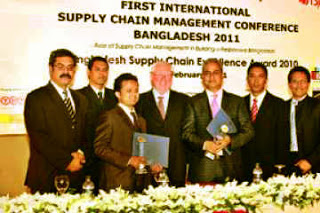https://www.schain24.com/wpos_portfolio/happy-new-year-2018/
Happy New Year 2018!

All about Supply Chain Management


Introduction: ISCEA is the world leader in Supply Chain education , certification & different recognition programs e.g. Certified Supply Chain Manager(CSCM), Certified Supply Chain Analyst(CSCA),Post graduate diploma in Supply Chain Management (PGDSCM) etc. In this blog article will discuss about CSCM, CSCA & PGDSCM so that those who are interested in Supply Chain Education and certification will get some important […]

Abstract: Revenue Management is the use of pricing to increase profit, although supply is limited in a supply chain asset. To increase the profit margin Supply Chain Managers must use all the levers available, including price. Ideas from revenue management suggest that firstly managers should use pricing as a lever, then they can proceed with the increase or eliminate assets. […]

Introduction: According To Some Scholars, Skills/Competencies Of Supply Chain Professionals Are Technical Proficiency In Some Discrete Areas, Such As, Familiarity With Logistics, Warehousing Equipments, Distribution Centers, Freight Issues Etc. Key Supply Chain Professional’s Skills /Competencies Include Global Orientation, Knowledge About Various Systems, And Leadership Issues. And Superior Business Skills.At The Minimum Level, They Should Have An Understanding Of Business Continuity Basics/Organization’s Business Continuity Approach And Strategy. Roles/Responsibilities […]
